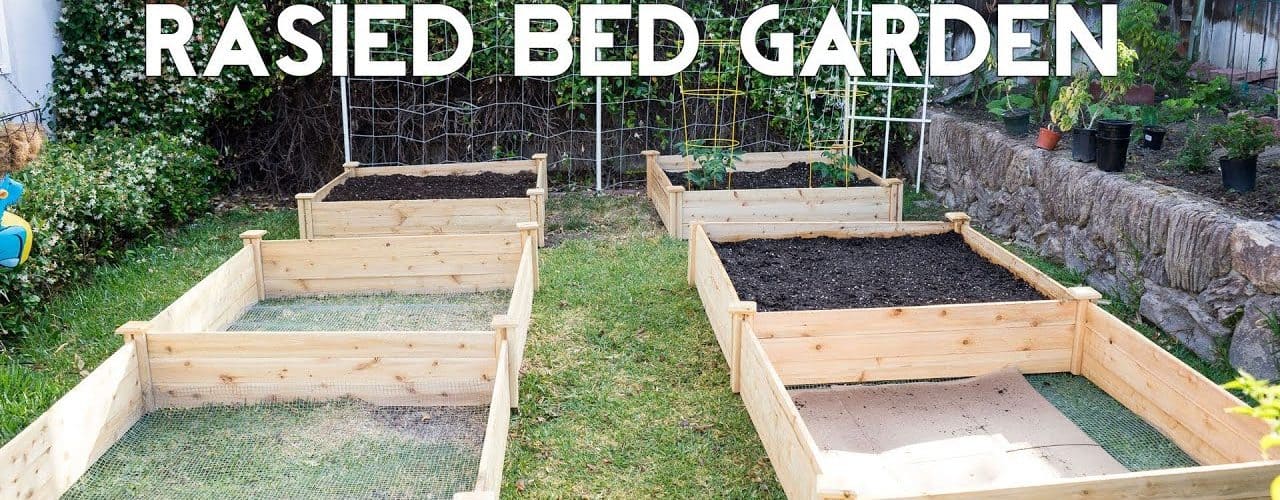People start gardens for many different reasons. A garden can jazz up an otherwise plain yard with beautiful flowers and greenery. A vegetable garden can provide healthy food all summer long. A garden is great for the environment and gives us a good reason to get outside and enjoy the fresh air. Whatever reason you may have to start a garden in your backyard, be prepared for a little planning and a little bit of hard work in order to achieve the garden you desire. Following a few tips will make starting a garden less complicated.
Start the process by considering what type of garden you want. It’s possible to combine both a flower garden and a vegetable garden in the same space, however, for the beginner, choosing a few plants in the same family might be a good way to get started. When choosing plants and flowers, note which growing zone you live in and plant at the guidelines suggested.
The type of garden you choose to grow, along with the zone you live in, as well as the amount of light the plants you choose require will decide for you where your garden should be. Vegetable gardens usually need a lot of sunlight, whereas some flowers and greenery can grow in partly shaded areas. Plants can be started indoors from seed and then transplanted to the garden or seedlings can be purchased at the garden store. Seedlings are ready to plant and are great for the beginner gardener.
Once these decisions have been made, mark off the space you need to dig or clear for the garden. It may be necessary to prepare or enhance the soil before planting. For example, clay soil is difficult to plant in, so a layer of gardening soil in your space will help the plants grow and root. Once the garden space is cleared and the soil is ready, consider using some type of fencing to prevent small animals from making a meal of your seedlings and flower buds.
Proper placement of plants within the garden is a very important part of a successful garden. Flower seedlings and seeds packets usually come with recommendations as to how far the plants should be apart from each other. Typically, vegetables are planted in even rows spaced according to the recommendations. Flower gardens can be a bit more creative in placement, but flowers placed too close together will fight for the sun and water and won’t look very appealing. On the other hand, flowers placed too far apart in a garden tend to lose any dramatic effect they have and will tend to look sparse.
Remove seedlings gently from the container and gently loosen the soil around the roots. Place the seedling in the ground and loosely pack the soil around the plant. Once all the plants are in the ground, be sure to water them well, but do so with a gentle stream so as not to damage the seedlings. After watering, a layer of mulch can be laid down to help keep the soil from drying out as quickly.
Proper maintenance of your backyard garden is necessary for a good looking garden all season. At some point in the season, your plants may become victim to insects. There are multiple ways to deal with pests in the garden. Consider researching natural ways to cope, such as using a soapy water spray to keep bugs off of the leaves, which are good for the environment. Young gardens need lots of water and sun to thrive, so check the garden often if there has not been any rain. Water gardens in the morning for the best results. Keep the garden free of weeds by clearing them often. Using an herbicide or grass killer will help keep them at bay, but again, consider natural ways to control weeds.
Starting a backyard garden can be a lot of work, and can take some time to plan, but the benefits can be well worth it. Fresh vegetables and beautiful flowers and plants that attract birds and butterflies are the reward for a patient and hard working gardener.



